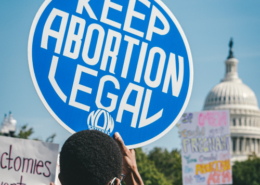Raising The Bar: Treasurer Frerichs’ Responsible Investing Platform
Problem
Government investment officers face difficult choices. Not only do they seek investments that are safe and high-performing, but they seek – and their constituents demand – investments that are responsible. They seek investments that not only strengthen the economic well-being of their community, but they seek investments that reflect their community’s values, contribute to admirable ends, and advance the greater public interest.
The problem is that traditional investment strategies fail to incorporate these priorities, often described as environmental, social, and governance (ESG) factors. Traditional investing heavily relies on financial indicators, technical data, and short-term gains. While those factors are certainly necessary, government investment officers need a way to integrate additional factors into the investment process if they strive to fully execute their fiduciary duties. In other words, they need a new strategy, one that not only is good for business, but is also good for the community
Solution
Raising The Bar (RTB) represents the future of government investing. RTB is a highly replicable public investment strategy that empowers governments to maximize returns and reduce risk exposures all while focusing on corporate accountability, innovation, and the common good. The strategy also recognizes that sound environmental, social and governance policies are strongly related to safer, more innovative, better-performing companies.






